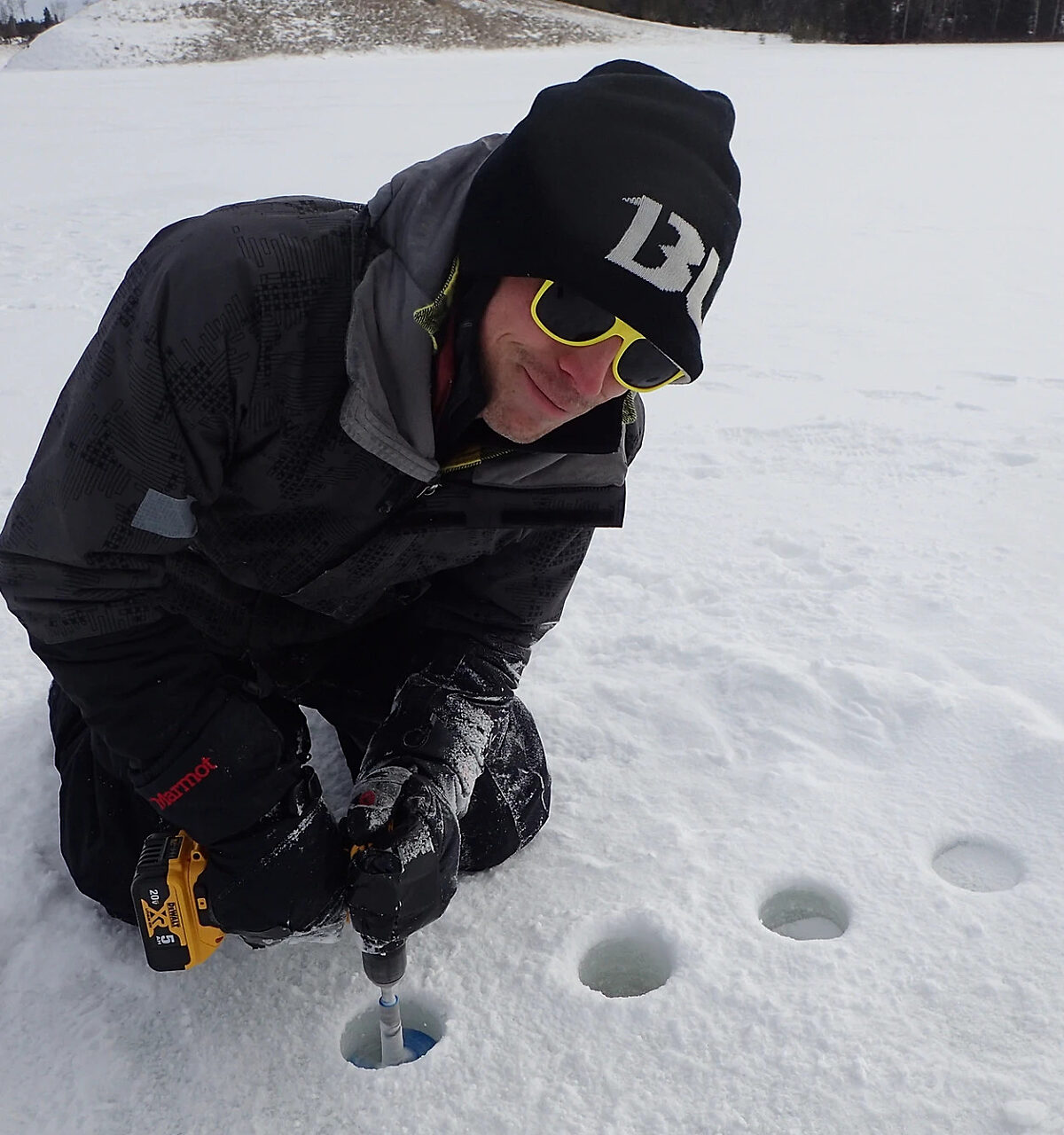Studying salty Earth lakes to learn about other worlds
STEP grants 2023 project winner
Liquid water is required by all life on Earth. That makes worlds that have evidence of past or present liquid water, such as Mars, Europa, and Enceladus, very important in the search for life beyond our planet.
The water on these worlds is often salty, which allows it to remain liquid at colder temperatures. Studying salty water environments on Earth can give us insights into what these alien environments may be like, including whether they could be habitable.
A team led by Dr. Jacob Buffo of Dartmouth College is conducting a two-year study of small, extremely salty lakes in British Columbia, Canada that may be similar to ancient Mars and some of the Solar System’s ocean moons. The Planetary Society awarded $49,284 to the project in 2023 through our STEP grants program. STEP grants are competitively awarded through an open, international process.

How it works
Not every saltwater body on Earth is analogous to salty alien waters. The salt in Earth’s oceans is mostly table salt (NaCl), which is less prevalent in the salts found on Mars and in the subsurface oceans of Europa and Enceladus. The project will study lakes containing sodium carbonate (Na2CO3), sodium sulfate (Na2SO4), and magnesium sulfate (MgSO4), which more closely mirror the compositions of alien oceans.
The project will collect data on these lakes using a wide variety of methods, from spacecraft to drones to in-person sampling. This will allow the team to not only learn about salty lakes analogous to other worlds, but also learn efficient ways to use remote-sensing data (data taken from a distance) to choose locations to be studied up close. This is similar to what we do when exploring other worlds: We start with orbital missions before transitioning to surface landers and rovers.
In year one, the project will carry out field investigations to create multiscale (physical, spectral, thermal, electromagnetic, and biogeochemical) profiles of five distinct lake systems in British Columbia’s Cariboo Plateau.
In year two, the project will carry out simulated planetary missions at two unexplored lakes, predicting what they will find and evaluating their methodologies. The team will publish their data in a publicly accessible database for scientists and the public.
The project team is scientifically diverse, including specializations in remote sensing, geochemistry, astrobiology, planetary analog systems, biogeochemistry, geobiology, planetary science, and geophysics. Principal investigator Dr. Jacob Buffo of Dartmouth College is joined by a number of co-investigators at a variety of institutions, each bringing their own expertise and often instrumentation to the project: Dr. Alexandra Pontefract at the John Hopkins University Applied Physics Laboratory, Prof. Magdalena Osburn and graduate student Floyd Nichols at Northwestern University, Dr. Mitchell Barklage of the Illinois State Geological Survey and Northwestern University, graduate student Emma Brown at Arizona State University, and graduate student Emmy Hughes at the Georgia Institute of Technology.
Reflections from the team
Jacob Buffo, principal investigator
“I think the most exciting thing about this project is the opportunity to bring together scientists with diverse expertise to investigate relatively unstudied and novel planetary analog systems. Our understanding of the chemistry, biology, and geophysics of these lakes is dynamically evolving every time we go to study them. Having a team made up of biogeochemists, planetary scientists, astrobiologists, geophysicists, and microbiologists means we’re developing comprehensive ideas for how these systems work and planning future targeted studies that address concepts from all these subdisciplines. This is the same data analysis methodology and target selection strategy that is employed in actual planetary missions, so we have the unique opportunity to not only extend our understanding of the dynamics and habitability of these understudied analog systems, but also to hone techniques for how to optimize future planetary missions targeting brine-rich regions on Mars and icy worlds.
We also hope this project has ‘flavors’ of science that will interest a broad spectrum of folks. Covering biology, chemistry, planetary science, resource identification, mission architecture, and Earth/climate science (these, and other, shallow saline lakes are exceptionally susceptible to climate variations), we hope that there’s an aspect of these studies that strikes a chord with individuals, such that we can share our excitement and enthusiasm about these unique systems.”
Emmy Hughes, co-principal investigator
“It's a special treat when compelling and fun fieldwork, exciting scientific implications, and a beautiful landscape all align, but that's the great joy of this project exploring the hypersaline lakes in the Cariboo Plateau. These lakes are very weird — which is ideal! They're filled with small, ridge-bound pools that crystallize, at times, huge and bountiful salt crystals, with chemistry we rarely see in lakes on Earth. Many lakes on Earth are full of dissolved halite, or table salt; these lakes are made of mostly magnesium sulfate (like epsom salt for soaking your feet after a long day) and sodium carbonates (such as the salt in baking soda). Even better, these compositions are relevant to ancient lakes that were on Mars during its likely most habitable period as a planet, as well as icy moons like Enceladus.
Getting a chance to see how the salts form, how they interact with the ice, and what it looks like using different instrumentation relevant to orbiters and landers, is an amazing opportunity. For me, that means bringing out my lab's field spectrometer — an instrument that detects how much light is absorbed and reflected by a surface across different wavelengths of light — and getting spectra of the salts. Rovers on Mars, and missions to icy moons, also have instruments that take spectra from the surface of these planetary bodies. Our team can use the spectra we get from the Canadian lakes to interpret the mineralogy we see on Mars and icy moons, and in turn, figure out how habitable (or not!) those environments might be, or once were.”


 Explore Worlds
Explore Worlds Find Life
Find Life Defend Earth
Defend Earth

